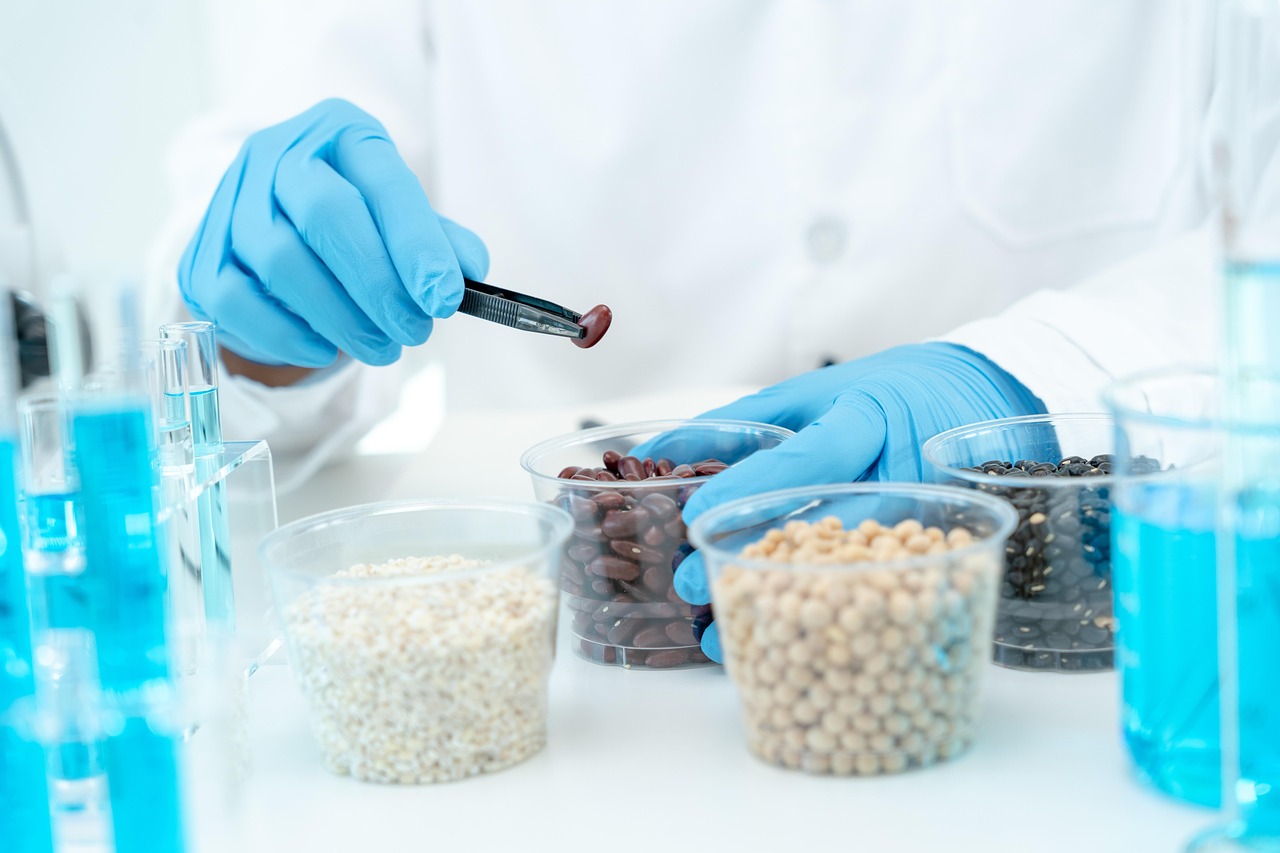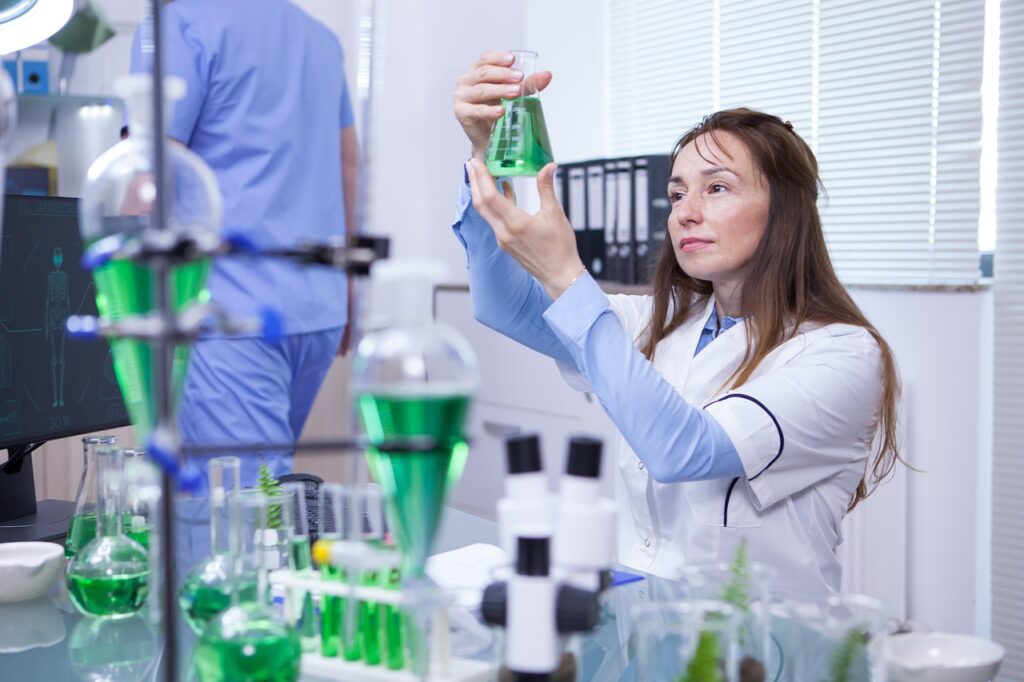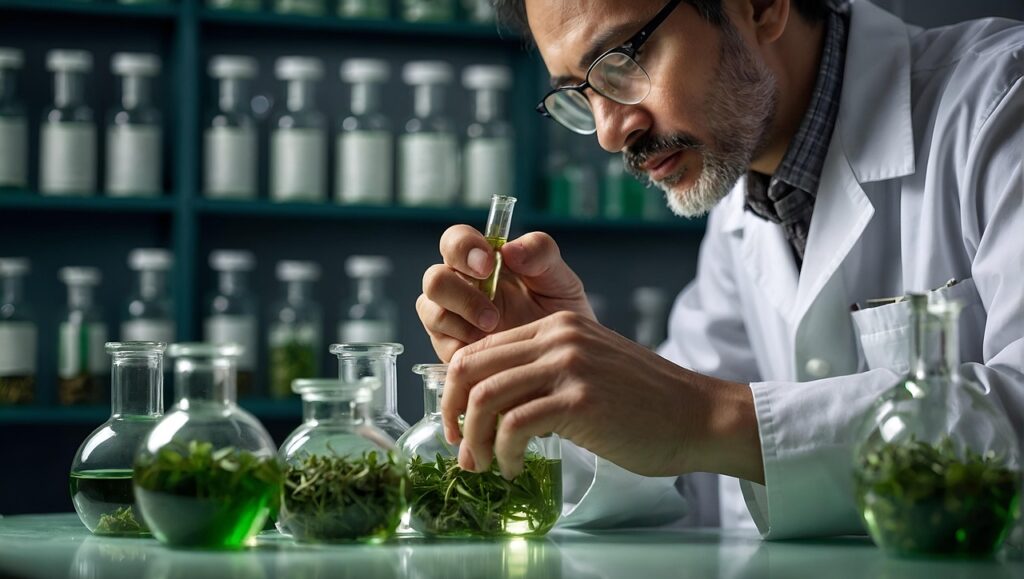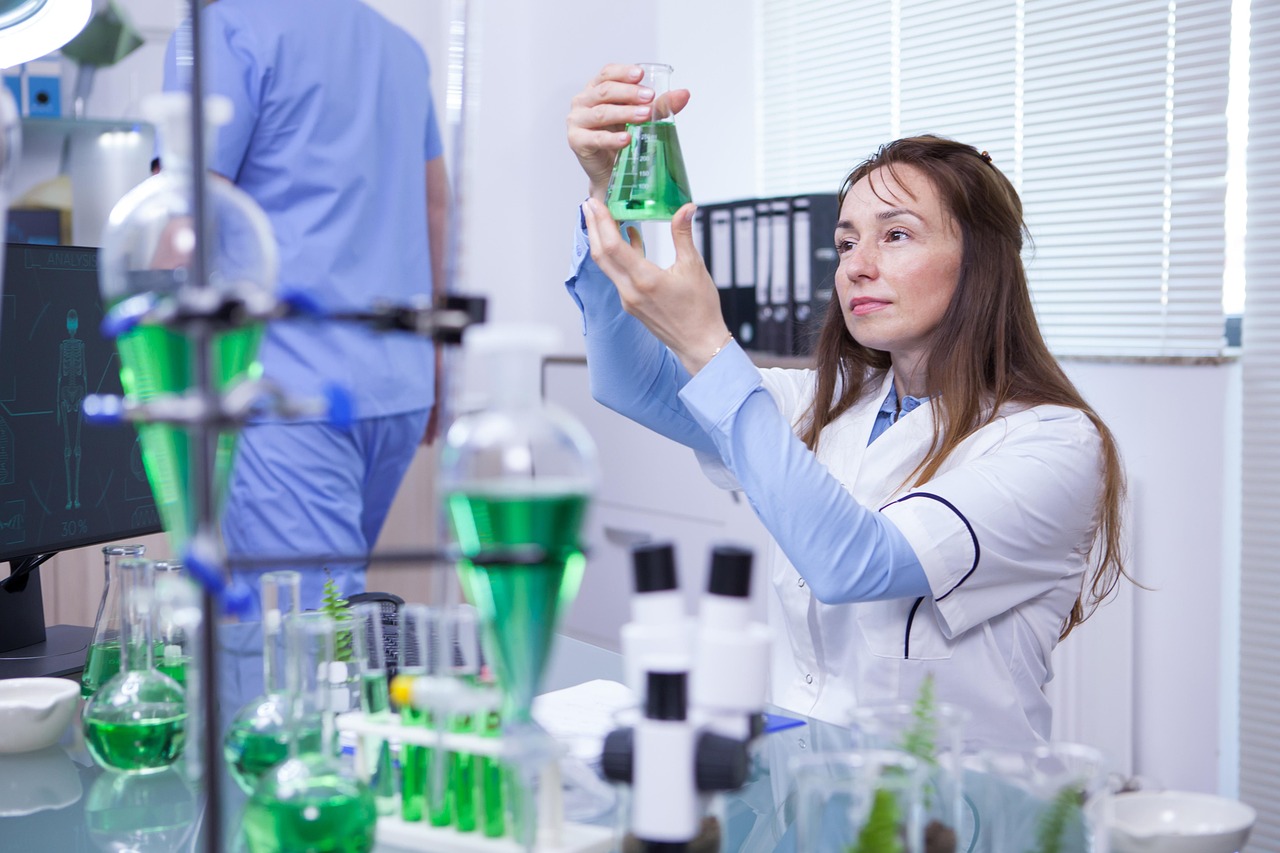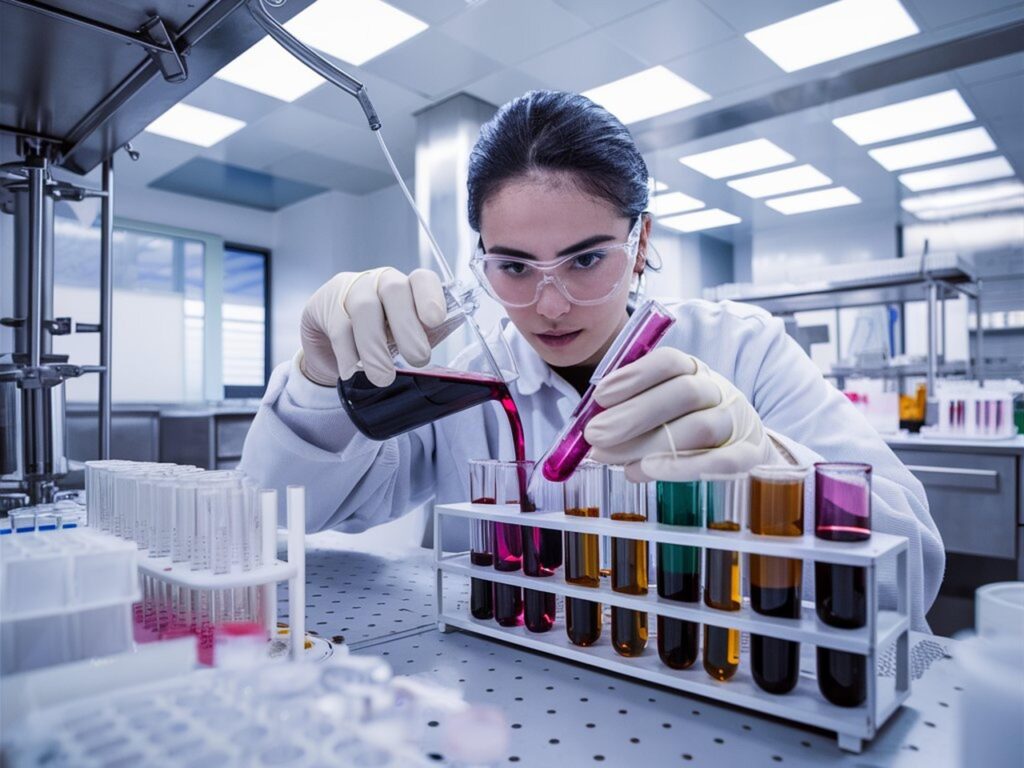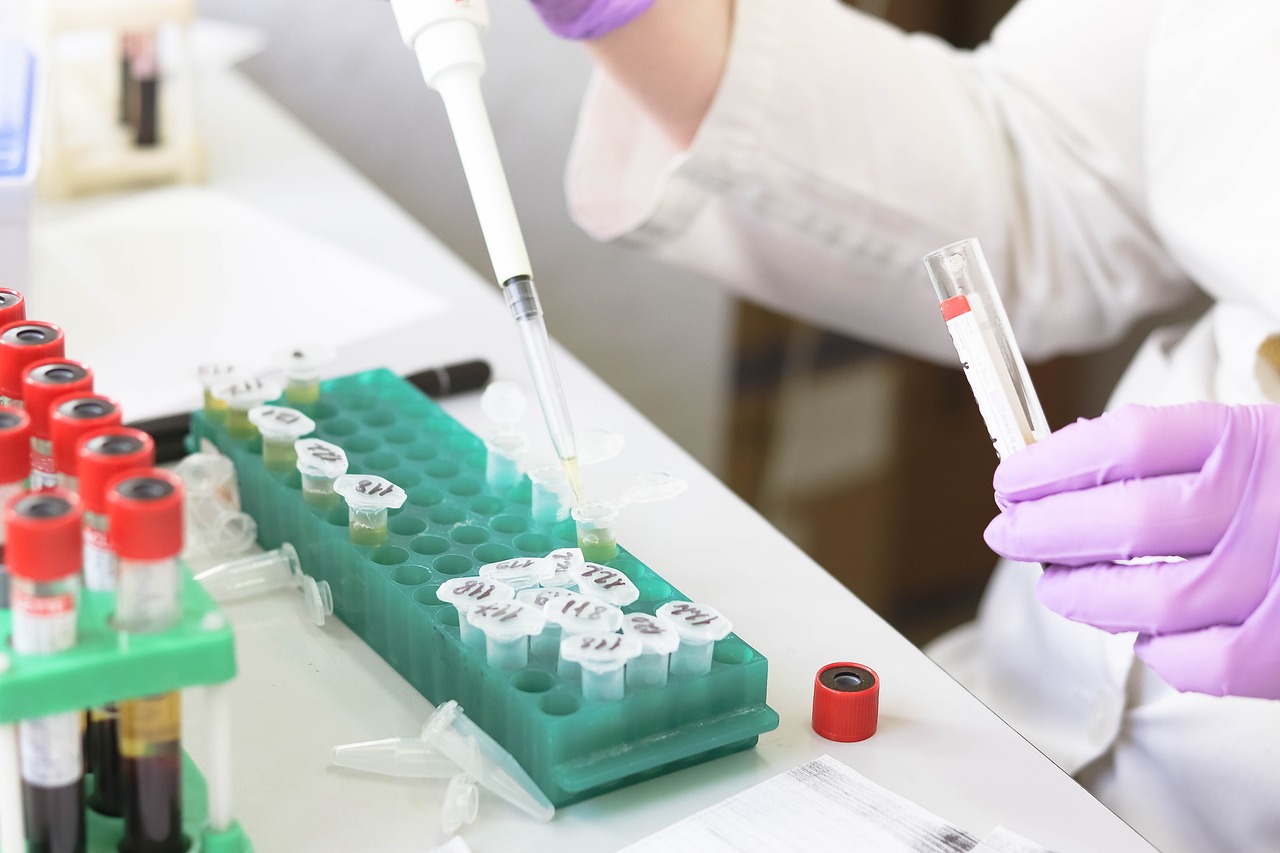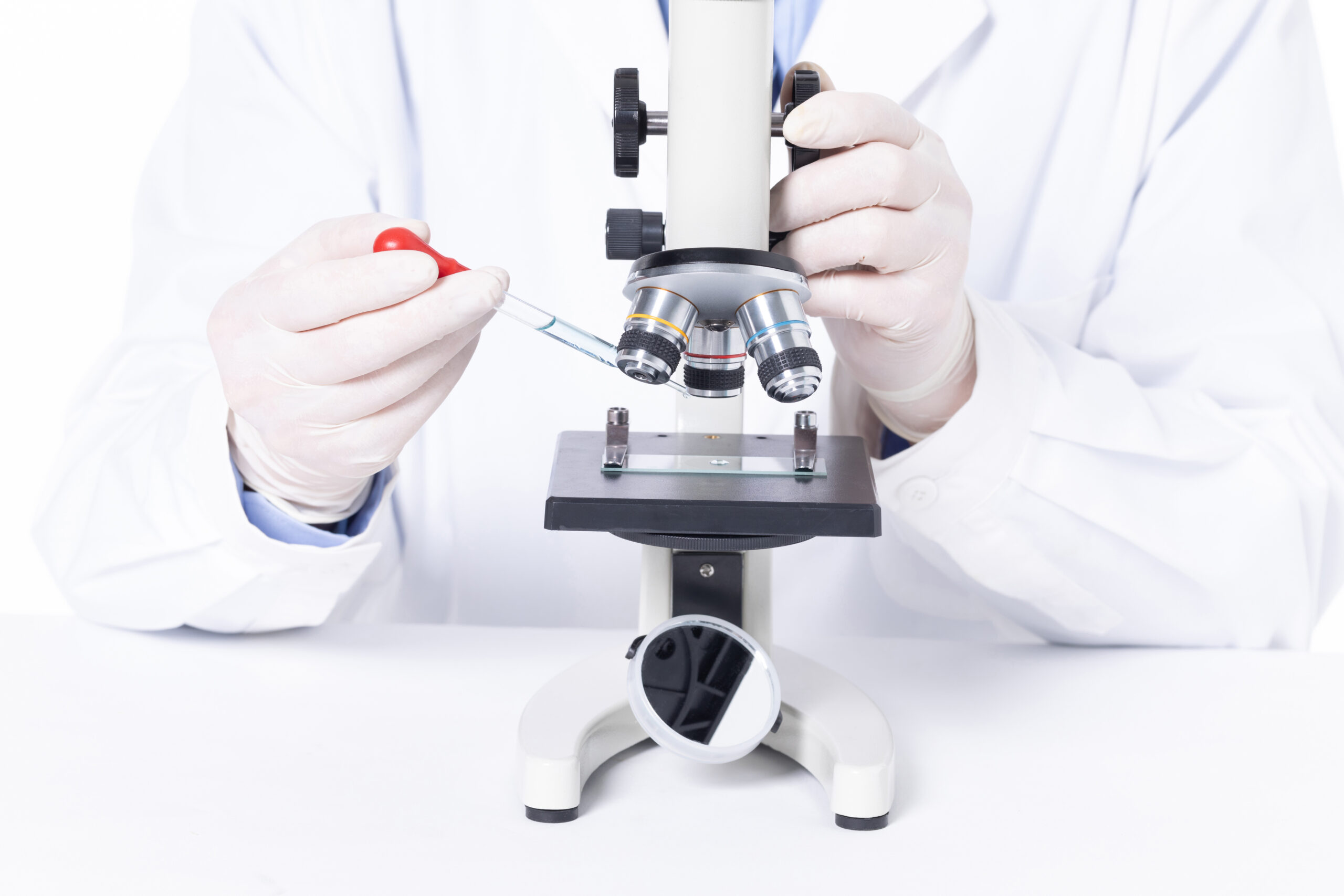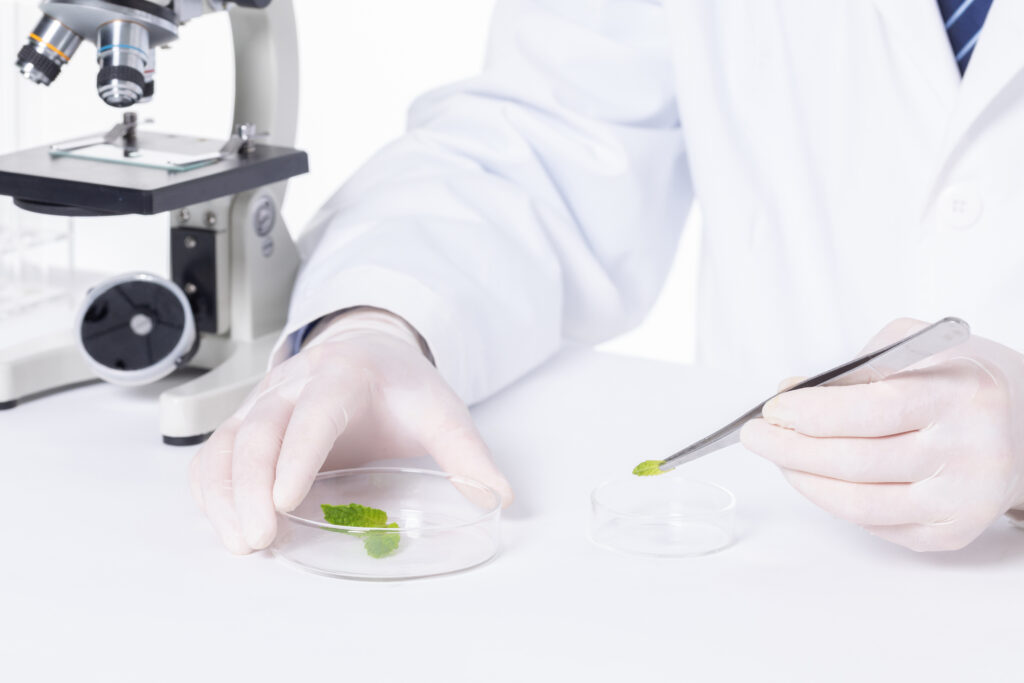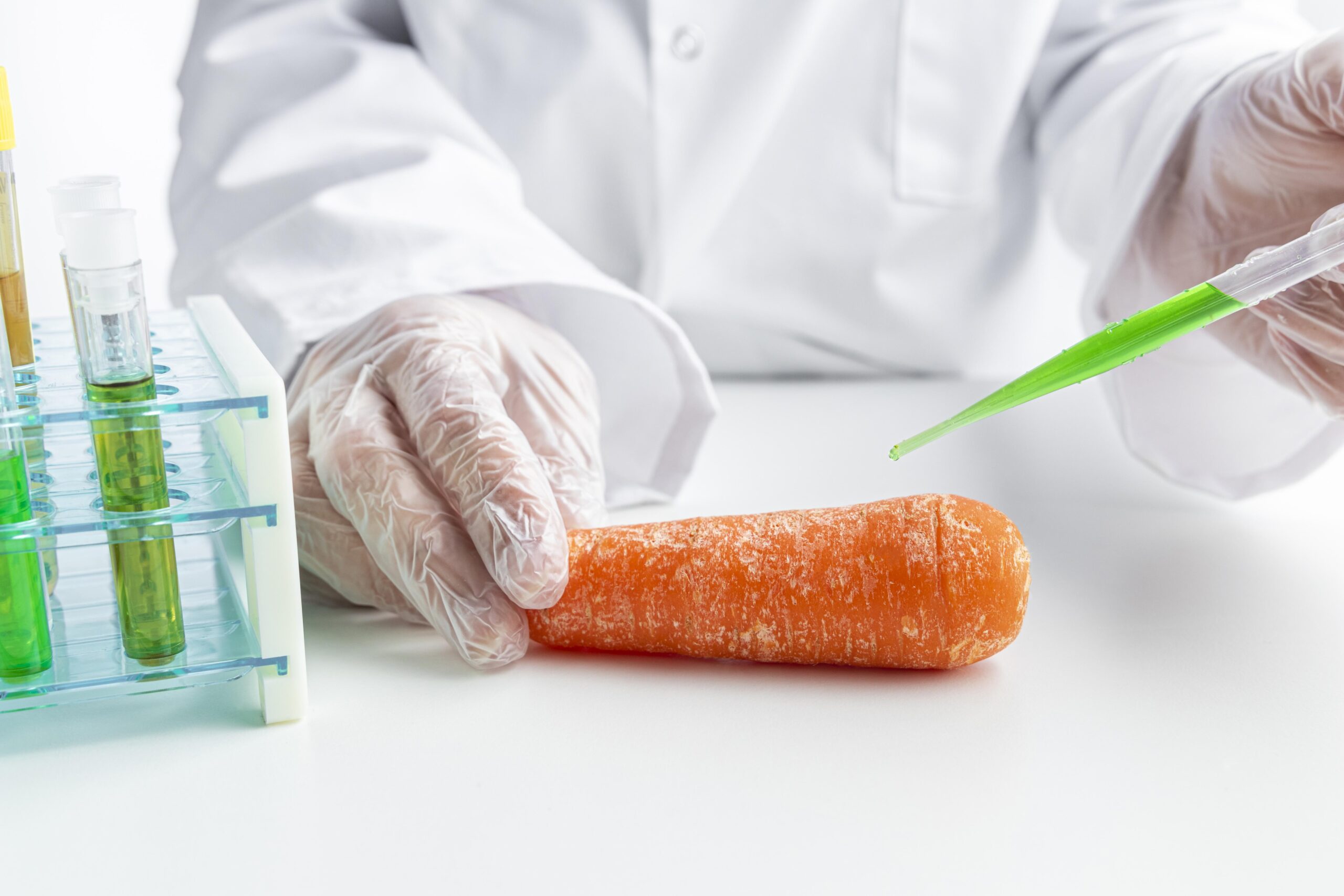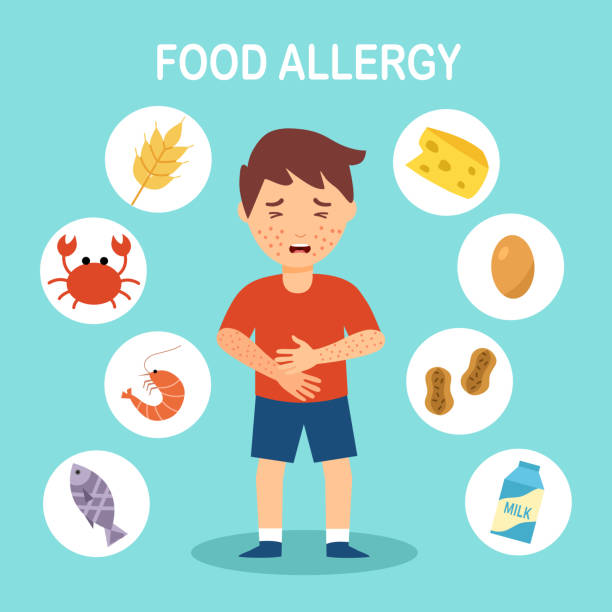Ensuring food safety and quality is crucial in a nation like India where food is not just a necessity but also a celebration of culture, custom, and diversity. Concerns about nutritional value, adulteration, and contamination have increased along with the amount of processed and packaged foods. Food testing labs are essential in this situation. This blog discusses the importance of food testing, how to choose a top food testing lab in India, and features some of the top labs contributing to this crucial sector.

Why Food Testing Is Important
Food testing is the scientific examination of food items to ascertain their quality, safety, and adherence to legal requirements.
The procedure includes looking for the following:
- Harmful contaminants such as pesticides, heavy metals, bacteria, and toxins.
- Nutritional composition to ensure that labeling is accurate.
- Shelf-life studies to predict the duration food can remain safe and effective.
- Authenticity checks to detect adulteration and mislabeling.
In India, where poor manufacturing techniques, a lack of hygiene, and the use of uncontrolled drugs have often resulted in food safety issues, food testing plays an especially important role.
Role of a Food Testing Lab in India
In addition to identifying issues, a top food testing lab in India makes sure that goods are safe before they are consumed. These labs are manned by skilled food technologists, chemists, and microbiologists and are furnished with cutting-edge equipment. They operate under the guidelines established by the ISO, BIS, and Food Safety and Standards Authority of India (FSSAI).
Some of the key functions of a food testing laboratory include:
- Chemical Testing: For pesticides, preservatives, coloring agents, and metals.
- Microbiological Testing: Detecting bacteria, yeast, and molds.
- Nutritional Analysis: Identifying caloric content, proteins, fats, vitamins, and minerals.
- Allergen Testing: Crucial for products labeled “allergen-free.”
Features of a Top Food Testing Lab in India
Identifying the top food testing lab in India involves evaluating several parameters:
- Accreditation: NABL (National Accreditation Board for Testing and Calibration Laboratories) certification is a must.
- Technology: Labs should be equipped with cutting-edge instruments like GC-MS/MS, LC-MS/MS, HPLC, ICP-MS, and ELISA.
- Qualified Staff: The lab must have a team of certified food scientists and microbiologists.
- Turnaround Time: Speedy results with detailed and easy-to-understand reporting.
- Regulatory Compliance: Ability to carry out FSSAI, APEDA, BIS, and AGMARK-mandated tests.
- Customer Support: Efficient handling of client queries and clear communication.
- Range of Services: Capability to test everything from raw materials to finished goods, including packaged foods, dairy, spices, beverages, and meat products.
Top Food Testing Lab in India
Here are some of the top-performing food testing laboratories in India:
1. FICCI Research and Analysis Centre (FRAC), Delhi
FRAC is renowned for providing thorough water and food testing services. It offers services to importers, exporters, manufacturers, and regulatory agencies and is accredited by the FSSAI and NABL.
Key Features:
- Advanced testing technology
- In-house R&D
- Global clients
- Quick turnaround times
2. Eurofins Analytical Services, Bengaluru
Eurofins India, a member of the global Eurofins Scientific Group, provides food testing services that meet international standards.
Key Services:
- Microbiological analysis
- Contaminant testing
- Nutritional labeling
- Residue analysis
Their strong infrastructure and international technique have earned them a reputation as one of India's leading food testing labs.
3. TÜV SÜD South Asia Pvt. Ltd.
TÜV SÜD provides a broad range of food testing and auditing services and is renowned for its quality, safety, and sustainability.
Notable Services:
- Allergen detection
- Shelf-life testing
- Sensory evaluation
- Import/export compliance checks
4. SGS India Pvt. Ltd.
SGS is a well-known inspection, verification, and certification business throughout the world. One of the most extensive food testing portfolios is provided by their Indian operations.
Specialties:
- Rapid pathogen detection
- GMO testing
- Food contact materials testing
- Farm-to-fork quality assurance
5. Intertek India Pvt. Ltd.
Clients from a variety of industries, including retail and agricultural, use Intertek's food testing labs. Their labs are up to international safety and quality requirements.
Capabilities:
- Residue monitoring
- Additives and preservatives testing
- Label claim validation
- Packaging safety analysis
These companies are frequently mentioned when talking about the top food testing lab in India because of their reputation for dependability, creativity, and extensive service.
Food Testing in Different Sectors
Each food segment requires specialized testing parameters. Here’s a sector-wise breakdown:
- Dairy: Testing for pathogens, antibiotics, and fat content.
- Bakery: Moisture analysis, additives, and shelf-life.
- Spices & Condiments: Adulterants, aflatoxins, and heavy metals.
- Meat & Poultry: Residual antibiotics, E.coli, and Salmonella.
- Packaged Foods: Nutritional labeling, preservatives, and synthetic additives.
- Infant Food: Stringent testing for heavy metals, hormones, and bacteria.
Compliance with FSSAI & Global Standards
Compliance with the FSSAI is a must for being regarded as one of India's leading food testing labs. Furthermore, a lot of global food chains and exporters favor the following labs:
- ISO/IEC 17025
- AOAC methods
- Codex Alimentarius guidelines
- USFDA norms (especially for exports)
These standards ensure global compatibility and acceptance of results.
Innovations in Indian Food Testing Labs
The landscape of food testing in India has changed dramatically over time. Several of India's leading food testing laboratories are now integrating:
- AI & Machine Learning for data prediction and contamination analysis.
- Blockchain for food traceability.
- Remote Sampling Kits for rural and small-scale manufacturers.
- Mobile Testing Vans for on-spot analysis.
The food safety chain is now faster, more transparent, and more accurate thanks to these advancements.
How to Choose the Right Food Testing Lab for Your Needs
Selecting the best food lab can be essential to the success of your company, regardless of whether you are an individual exporter, a well-known brand, or a food startup.
Ask yourself:
- Does the lab have experience in your product category?
- Are they certified by NABL and approved by FSSAI?
- Can they provide customized reports for your retail/export requirements?
- How accessible are they for consultation or re-testing?
From testing and sampling to risk assessment and regulatory advice, a top food testing lab in India should provide comprehensive assistance.
Final Thoughts
Our food's quality and safety are determined long before it is placed on our plates. Food testing labs serve as silent defenders behind the scenes, guaranteeing openness, compliance, and confidence. The significance of collaborating with a reliable and skilled food testing lab is growing along with the Indian food sector.
Whether you are a manufacturer, retailer, exporter, or brand owner, working with a top food testing lab in India not only helps you maintain regulatory compliance but also enhances consumer confidence and brand recognition.

